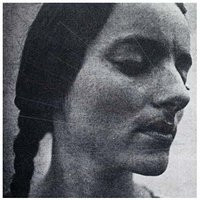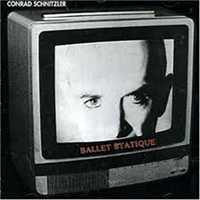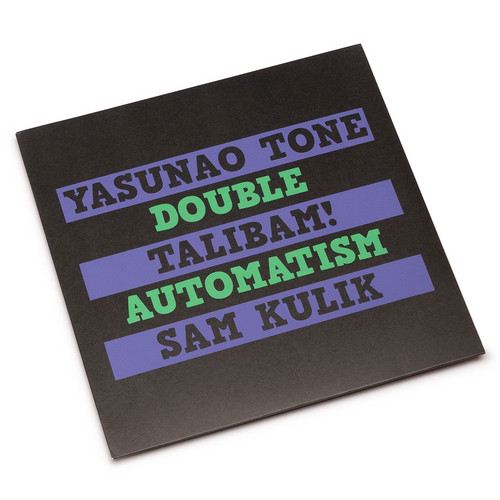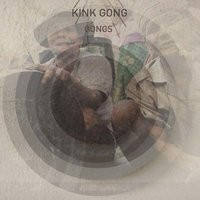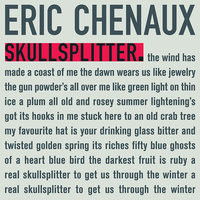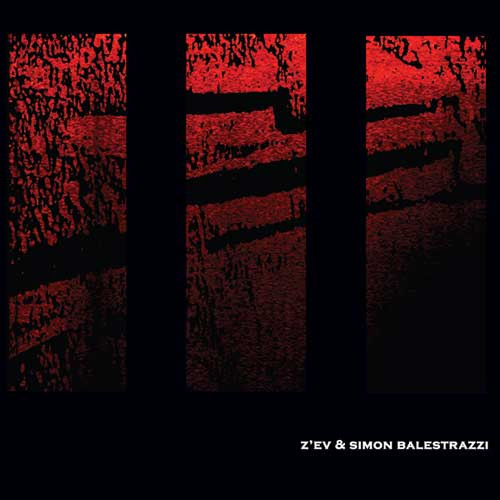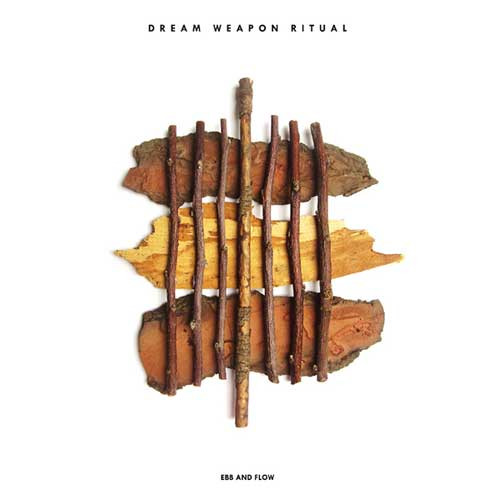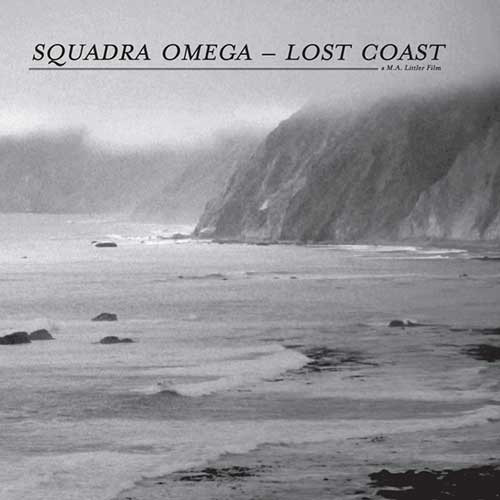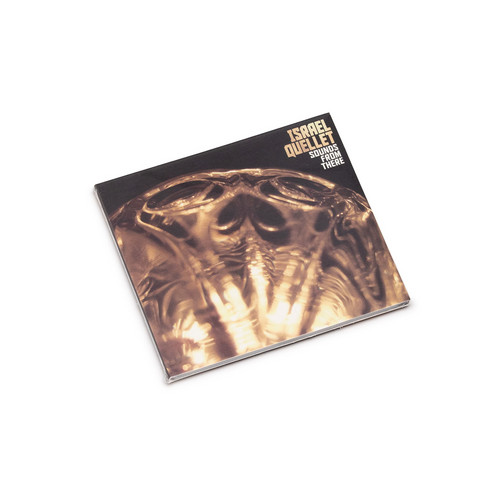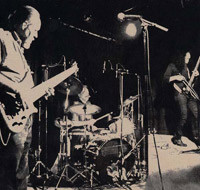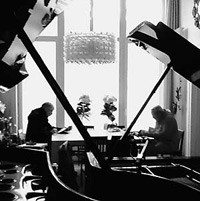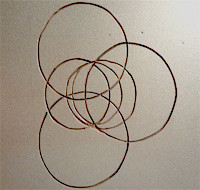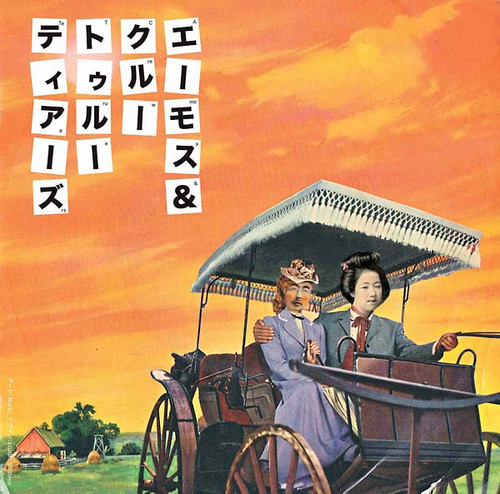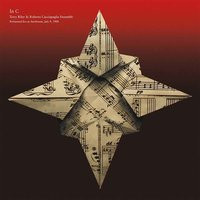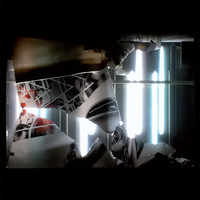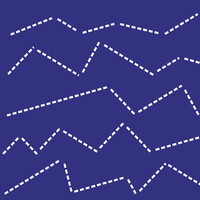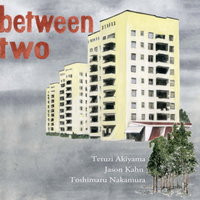Voice
The debut solo album from founding Spunk member and composer Maja Ratkje has secured her a place among the finest experimental singers. From the weird and furious to the enchanting and beautiful, this is an album rich in atmosphere, color and creative madness. First released on CD in 2002 and now available on vinyl for the first time, this is a central release in Rune Grammofon's catalogue and is an essential item in any record collection of experimental music. Composer, singer, electronic …
Organ Works Vol. 2
The second instalment of Klaus Lang's organ works and once again, two monumental works that span over two vinyl sides. "ABD" - contemporary vision of sacral chord progressions. "Melrose abbey" - perverse art of mourning music. Ultimate drone. Absolute torment.
Ballet Statique
"m=minmal continues the collaboration with electronic music legend Conrad Schnitzler.We are happy, after 30 years, to re-release one of the key works from Conrads large adventurous backcatalog.Ballet Statique is not only a musical milestone but also a highlight of music production. It was recorded in 1978 at the legendary Paragon Studio / Berlin by Peter Baumann – Tangerine Dream in the same period when other masterworks like Cluster – „Großes Wasserâ€ÂÂ…
Double Automatism
New York City's experimental duo Talibam! team up with Fluxus artist and electronic avant-gardist Yasunao Tone and trombonist Sam Kulik for a confrontational sonic attack, fired by an array of analog synths and other electronic devices. David Novak, author of Japanoise: Music at the Edge of Circulation (2013), on Double Automatism: "Bringing together the most calamitous materials from their home planets of noise, glitch, and free improvisation, Tone and Talibam! are at once the likeliest and …
Gongs
Since the end of the '90s, Laurent Jeanneau aka Kink Gong has been recording the music of mostly endangered minorities of South East Asia. Alongside his relentless pursuit of remote exotic and unpublished musical traditions, he also creates electronic versions by combining raw recordings with natural sounds, archival material and electronically-treated sounds. For Gongs, Laurent returns to his soundscape approach not heard since the Xinjiang LP (2011) and further develops his unique re-versi…
Xinjiang
Kink Gong aka Laurent Jeanneau is a field recording artist based in Dali, China. He spends his time recording ethnic minority music, mostly in Southeast Asia, and releasing the results on his own CDr label, Kink Gong Recordings, as well as occasionally contributing to Sublime Frequencies compilations. He also composes electronic music that includes and transforms those recordings. For Xinjiang, Jeanneau based his soundscape around the recordings he made on a 2009 trip to the frontier regio…
Skullsplitter
Eric Chenaux has emerged as one of the most distinctive, innovative and original voices in what might be called avant-garde balladry, juxtaposing his gorgeously pure and open singing against a guitar sound and style that truly stands alone. Skullsplitter is the impressive new album that confirms Chenaux’s singular aesthetic: genuine, natural, unaffected vocals gliding through slow, smoky melodies while electric and nylon-string guitars are deployed with adventurously experimental, dextrou…
Reverbalizations
Z’ev and Simon Balestrazzi are two masters of the industrial and post-industrial sound.The first inventing his own world of self made metallic percussions, the second spreading the seeds of the industrial noise pollinated with electronica and future folk forms through his various outputs, T.A.C. (Tomografia Assiale Computerizzata), Dream Weapon Ritual and Candor Chasma.This record takes shape from several encounters between the two. A Z’ev live recording in Cagliari, Sardinia from 2007 is …
Ebb & Flow
Formed in November 2006, Dream Weapon Ritual is the duo of Simon Balestrazzi and Monica Serra. They play free-form music that draws equally from droning electronica soundscapes and imaginary folk visions.Simon Balestrazzi is an electronic/electroacoustic composer and sound artist active since the 80's. He released many albums and performed live around Europe under various names. Monica Serra is a talented actress whose artistic research led to double as vocalist since 1999. Both are member…
Lost Coast (a M.A.Littler film)
Shot against the backdrop of California's most remote coastal region Lost Coast is a personal quest for transcendental values in troubled times and a quiet cinematic celebration of the beauty and immensity of the natural world. The film aims to remind us that today's mindless commoditization, cold efficiancy and endless acceleration lead to a streamlined citizenry and to a spiritual vacuum. Equal parts film essay and travelogue "Lost Coast" questions today's materialistic value system and…
Sounds from There
Swiss electro-acoustic artist Israel Quellet's fourth opus on Sub Rosa: a complex and mysterious work for symphonic bass drum, symphonic tympani, organ, Tibetan horn, homemade horn, triangle, tubular bells, shocks inside the church, anvil metal tank, and church bells. A challenging listen, but so rewarding.- "Music of expectation and experience, controlled recklessness. In his obsession with the possibilities of sound, Israel Quellet takes us to exciting places." --PopMatters - "Quellet's …
Live at Cafe Oto
Double CD edition: hard to imagine a more powerful or intriguing, improvising power trio than these 3: Charles Hayward on drums (This Heat and Massacre), Kawabata Makoto (Acid Mothers Temple) and Guy Segers (Univers Zero) caught in wild act at Cafe OTO, London, on May 24, 2013.
- "...[Kawabata is] a genuine Guitar God..." --Pitchfork - "Hayward's interest in all manner of world rhythms and percussion... lent the music an otherworldly quality..." --Pitchfork - "Darker and more bleakly melodra…
Youuu + Mee = Weee
Sub Rosa presents Youuu + Mee = Weee (First), a vinyl edition of the first disc of the three CD set Youuu + Mee = Weee (SR 367CD, 2014). Youuu + Mee = Weee is the first recorded collaboration between Charlemagne Palestine and Rhys Chatham. And it's precious. Following the musical meetings with Z'ev (Rubhitbangklanghear Rubhitbangklangear, SR340CD/LP), and with Tony Conrad, these new Sub Rosa sessions create a sort of trilogy. Rhys Chatham began his musical career as a piano tuner for avant-gar…
Matterings
Field recording artist Jeph Jerman and percussionist and sound designer Tim Barnes are finally out with this fantastic collaborative work - here’s a certain patience that’s required to fully engage with Matterings. It’s a good twenty minutes longer than the other recent Erstwhile releases but it goes beyond album length—when your source material is different aspects of nature, the process of recording, editing, and compiling tracks feels like excavation. It’s with these slowly unfolding tracks t…
True Tears
A quintessentially sinister masterpiece reissued for the first time in an edition limited to 365 copies. A mysterious 1982 cassette masterpiece by Amos & Crew from the It's War Boys catalogue remastered from the original tapes by Amos himself. Sailored, Dutchwifed, and highly-refinedly laid-out by Studio Shitless. Art by Err o'. Large four-page full-color insert with an essay by Ed Baxter and a text translated by Derek Bentley from the original Japanese (1982). "Recorded in Tokyo, Japan …
In C
A very special and unique performance of Terry Riley's iconic 1964 minimalist piece "In C", previously unreleased. Riley and the Roberto Cacciapaglia Ensemble together at the Aterforum festival in Ferrara, Italy, on July 9, 1988.
Feedback: Order From Noise
Memory is a funny thing. 10 years after touring the UK with the Feedback: Order from Noise tour I am trying to recall the concerts that I experienced in some sort of trance. There I was, the youngest member of a group of musicians that consisted of a mixture of good friends and musical heroes, apparently the curator of this musical adventure, ravaged by self-doubt. Would it all work out? Now, ten years later my memories have been altered every time I have thought back to those days, every t…
Ecotone
Both musicians have been active in the scene of improvised and experimental music for twenty years, both have been astounding their audiences with their intricately developed playing manners. Now they joined their forces on this album.
eRikm, based in Marseille, started his musicial activities as a virtuoso turntablist in early 90s, gradually shifting his focus to more abstract music, sometimes abandoning turntables or substituting them with minidiscs or CD-turntables. His recent record ou…
Five Lines
The meeting of heavyweights of electroacoustic improvisation from Europe and the Pacific United States happened during MKM trio tour in Northern America. This recording, at CalArts in 2010, yielded interesting results: a nervous displacement of noises and rich sonorous timbres. Casey Anderson, from Los Angeles, works with sound in a number of media from composition and improvisation to installations. On Five Lines he played a combination of digital and analog instruments of his own design…
Between Two
Tetuzi Akiyama (guitar) and Toshimaru Nakamura (no-input mixing board) of Japan and Switzerland-based American drummer Jason Kahn are all leading musicians on the contemporary improvised music scene who perform internationally and have many album releases. The 4 pieces on this CD were performed live by Akiyama, Nakamura and Kahn at Ftarri in Suidobashi, Tokyo, during Kahn's stay in Japan in May 2014. Akiyama's softly resonating guitar makes subtle inroads into the pulsating electronic sounds cre…
